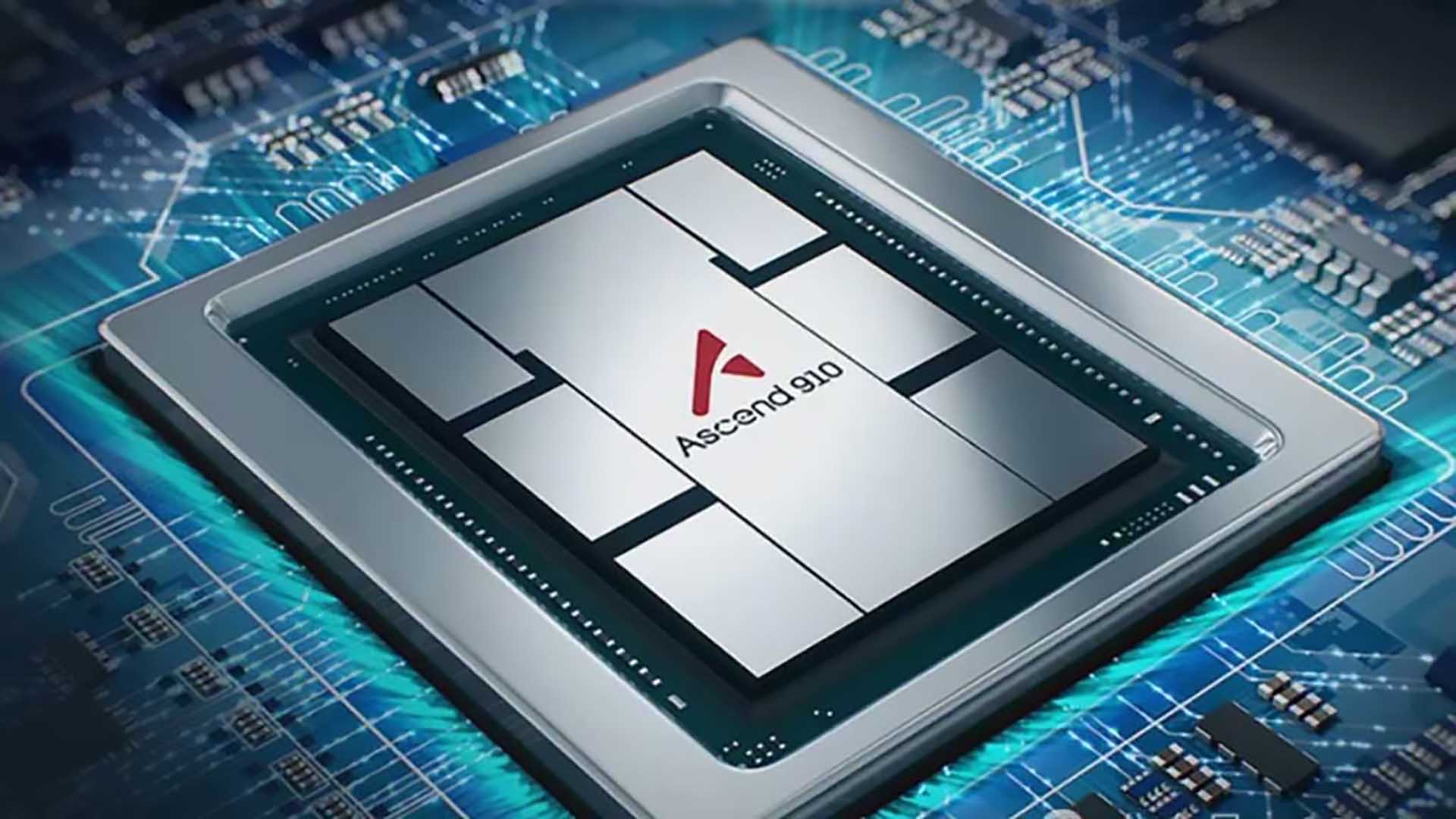Physical Address
304 North Cardinal St.
Dorchester Center, MA 02124
Physical Address
304 North Cardinal St.
Dorchester Center, MA 02124
April 22, 2025 – In a stunning move set to shake up the global AI chip industry, Huawei Technologies has announced the upcoming mass production of its Ascend 910C AI processor, a direct competitor to Nvidia’s high-end H100 chip. This development marks a significant milestone in China’s tech sovereignty push, especially under continued U.S. export restrictions. The new Huawei’s AI chip breakthrough could redefine the landscape of artificial intelligence hardware across the globe.

Huawei has long invested in AI research and chip manufacturing under its HiSilicon division. While the company faced massive setbacks due to U.S. sanctions, it continued to innovate behind closed doors. The Ascend 910C represents the culmination of years of focused development—positioning Huawei as not just a follower but a formidable leader in AI hardware.
According to leaked internal performance reports, the Ascend 910C matches or even surpasses Nvidia’s H100 in several AI workloads. Early benchmarks suggest:
Experts note that Huawei’s reliance on domestic foundries like SMIC (Semiconductor Manufacturing International Corp) helped sidestep the need for advanced Western fabrication processes, a significant feat under heavy technological sanctions.
More on Huawei’s Ascend Series
The global AI chip market, valued at over $45 billion, has been largely dominated by Nvidia, AMD, and Intel. Huawei’s new AI chip breakthrough presents a direct challenge, particularly for AI-driven cloud platforms in Asia, Africa, and the Middle East. These regions, often excluded from cutting-edge U.S. chips due to geopolitical concerns, may now look to Huawei as a viable and scalable alternative.
Industry insiders anticipate major Chinese cloud providers like Alibaba Cloud, Baidu AI Cloud, and Tencent to adopt the 910C in future AI infrastructure, potentially cutting costs and reducing reliance on American suppliers.
Read: How Nvidia Became the King of AI Chips
This development comes amidst an escalating tech cold war between China and the U.S. Following the CHIPS Act and multiple rounds of export controls, Huawei’s breakthrough symbolizes more than a technical success—it is a strategic milestone for China’s digital independence.
Moreover, this achievement may intensify U.S. pressure on global partners to avoid Huawei technologies, reigniting debates around cybersecurity, data privacy, and tech sovereignty.
Evelyn Zhou, Semiconductor Analyst, BlueStar Capital:
“Huawei’s Ascend 910C isn’t just a response to sanctions—it’s a statement. They’ve shown the world that innovation can thrive under pressure.”
Tom Reiner, Chief Editor, ChipNow:
“While Huawei still lags in certain manufacturing nodes, this chip could be a regional game-changer. Expect more AI-native designs from China.”
Angela Cruz, AI Infrastructure Lead, Sphere Analytics:
“The 910C may reshape procurement strategies in the Global South. AI access is no longer limited to U.S.-allied nations.”
Despite the buzz, Huawei faces several hurdles:
Still, Huawei has made strides in its MindSpore AI framework, which has gained traction within China and is slowly expanding globally.
Huawei’s AI chip breakthrough is a bold leap forward—technologically, economically, and geopolitically. While Nvidia still holds global leadership, the emergence of a strong Chinese alternative adds complexity and competition to the AI arms race.
Whether this marks a short-term shake-up or the beginning of long-term transformation remains to be seen, but one thing is clear: Huawei is back in the game.
For more expert insights, visit Votan Investment Management daily.